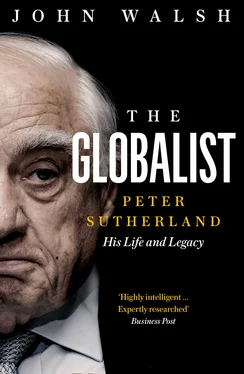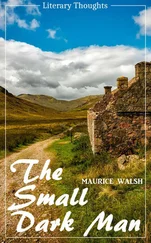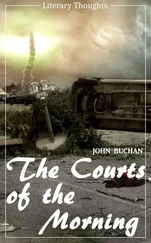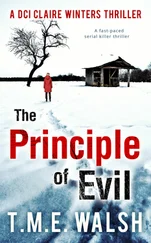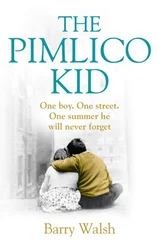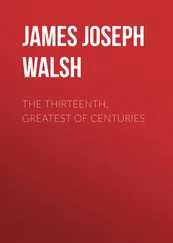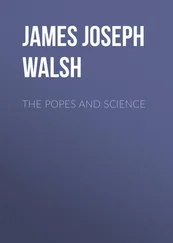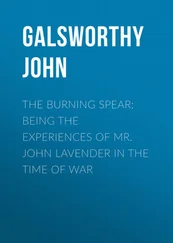‘The reason why I got involved in that was because I was at home one day having my lunch, and I heard a leading member of the Bar express a view that all lawyers were in favour of this wording – that was the conservative wording – and I knew that wasn’t the case. I was so upset about it that I went back into the Law Library that afternoon and spoke to a number of friends and colleagues and said I believed this was wrong. I believed it should not be allowed to be expressed out there that we were in favour of it in this way. The petition did not expressly favour Peter’s wording, we just said that the wording that was chosen was inappropriate and we wanted to make it clear that it ought not to be sent, that lawyers take the view that this is the right way forward. If somebody had asked me at the time – I’m sure they did, also Adrian Hardiman was heavily involved in that as well – I would have said Peter’s wording. He was absolutely right about that.’
Byrne says he believed that Sutherland’s wording was better suited if there had to be a wording. ‘I believed that the wording that included a positive right to life or equal right to life would cause an enormous amount of trouble.’ He added that ‘it couldn’t possibly be properly adjudicated on by the courts; it put a very, very unfair burden on the judiciary if ever there was a dispute, which would be inevitable … I also felt that something like that would be better dealt with by statute rather than by constitution. I’m a great respecter of constitutions but you have to be very careful what you put into a constitution because you must remember that it is intended – and was in this instance intended – to fix the law into the future irrespective of the shifts or changes in public opinion. If you do things by statute rather than by constitution it allows for changes in the law to take place more easily, where the elected representatives of the people who make laws in parliament are the ones that can respond to the new changes or ideas that were there.
‘I believe that, as a matter of law and politics, is a better way to respond to things. That’s the very thing that the pro-life lobby did not want to happen. They wanted to lock this into the future and that’s what I felt was wrong. I felt at the time that Peter’s answer to that was a good one because it responded to the request of the pro-life lobby that the constitution should not be used to interpret in an unexpected way a right to abortion. Peter’s amendment would have dealt with that, but that wasn’t enough for the pro-life lobby, they wanted an expression of a positive right to life. As we know, that created so much trouble and Peter was absolutely right about that.’ David Byrne discussed the dilemma with Sutherland at the time. ‘He felt passionately about it.’
The task of going through with the proposal again fell to Michael Noonan. Many members of Fianna Fáil, unhappy that the original wording of the Eighth had been replaced by what they considered a watered-down version, decided to act. They enlisted the help of eight diehard pro-life members of Fine Gael, and between them they were able to get a parliamentary majority to reinstate the original wording of the amendment. Noonan and Fine Gael then had to steer through an amendment to which they were opposed.
On 7 September 1983, Ireland voted by a majority of 66.7 per cent to 33.3 per cent to adopt the Eighth Amendment. Over the next thirty-five years Ireland’s abortion laws were rarely out of the headlines, and usually for the wrong reasons. In particular, what became known as the X-case in 1992 (referred to as such as the girl involved could not be legally named) received widespread international condemnation. That year a fourteen-year-old girl reported to the Gardai that she had been raped and as a consequence was pregnant. When her parents informed the Gardai that the girl was travelling to the UK for an abortion, attorney general Harry Whelehan sought an injunction to prevent the girl, whose identity could not be revealed for legal reasons because she was a minor, from leaving the country (stridently pro-life civil servant Matt Russell played an active role in proceedings). Justice Costello, sitting in the High Court, granted the injunction, but the Supreme Court set aside the ruling and the girl was allowed to travel. Michael Noonan comments: ‘My senior officials thought the problem with the wording was subsequently what turned out to be the X-case. They actually thought it would go wider than the terms of the X-case. They were right in the sense that the wording gave rise to abortion in circumstances in line with the X-case. But they thought it would be a wider consequence arising from Supreme Court cases.’
Sutherland’s concerns about the Eighth Amendment, however, were most clearly illustrated in the tragic case of Dr Savita Halappanavar. The Indian-born dentist died in University Hospital Galway in October 2012, having developed a sepsis infection during a miscarriage. It subsequently emerged that she had requested an abortion when she began to miscarry, but she was denied the procedure on the grounds that it was illegal. If the abortion had been performed it would probably have saved her life.
When the story broke it hardened public opinion. The government pledged to hold a referendum on reforming Irish abortion laws; when it took place on 21 May 2018, 69 per cent of the Irish people voted in favour of repealing the amendment.
6
THE TROUBLES: NEGOTIATING THE ANGLO-IRISH AGREEMENT
ALONGSIDE DIVISIVE SOCIAL ISSUES SUCH AS THEEighth Amendment, events in Northern Ireland formed a prominent backdrop to Sutherland’s time as attorney general. Ever since the foundation of the Irish state, relations between Dublin and London had been shaped by distrust and enmity. But the level of hostility escalated when the Troubles flared up in the late 1960s. There was a view in Dublin that the British government neither understood nor cared about the plight of the nationalist community in Northern Ireland. Allegations of collusion between security forces and loyalist paramilitaries, as well as evidence of a shoot-to-kill policy on the part of British armed forces based in Northern Ireland, deepened the level of antagonism in Irish government circles.
By the early 1980s, the IRA had extended its campaign of terror to mainland Britain. The assassination of Lord Mountbatten in Sligo in 1978 increased the level of distrust. Airey Neave, a Conservative MP who was close to British Prime Minister Margaret Thatcher, was killed by a car bomb planted by the Irish National Liberation Army (INLA), another Republican paramilitary organisation, outside the House of Commons. If anything, these events stiffened the resolve of the British government to take a yet more hard-line approach to Northern Ireland. Dáithí Ó Ceallaigh, one of Ireland’s most distinguished diplomats, served as ambassador to the UK between 2001 and 2007. In the late 1970s he was the press attaché at the Irish embassy in London. ‘I felt like I was in an enemy country,’ he says.
When Garret FitzGerald was elected Taoiseach in 1981, he set about changing the Irish government’s approach to Northern Ireland; by extension, he hoped that this would form the basis of some sort of rapprochement between Dublin and London. Among those FitzGerald selected to play a crucial role in the formulation of the Anglo-Irish Agreement was Michael Lillis.
FitzGerald had come across Lillis when he was based at the Irish embassy in Washington. Lillis had been very influential in getting senior Irish-American politicians such as Tip O’Neill to focus on Northern Ireland. He had helped prepare a speech for Jimmy Carter which for the first time didn’t by default side with the UK government in relation to Northern Ireland. In the short-lived 1981 government, Lillis was appointed diplomatic adviser to the Taoiseach, a post that had never existed before and has never existed since. He struck up an immediate relationship with Sutherland, who he says referred to the Fine Gael–Labour coalition as Camelot: ‘You didn’t know from one moment to the next if the government was going to fall.’
Читать дальше
